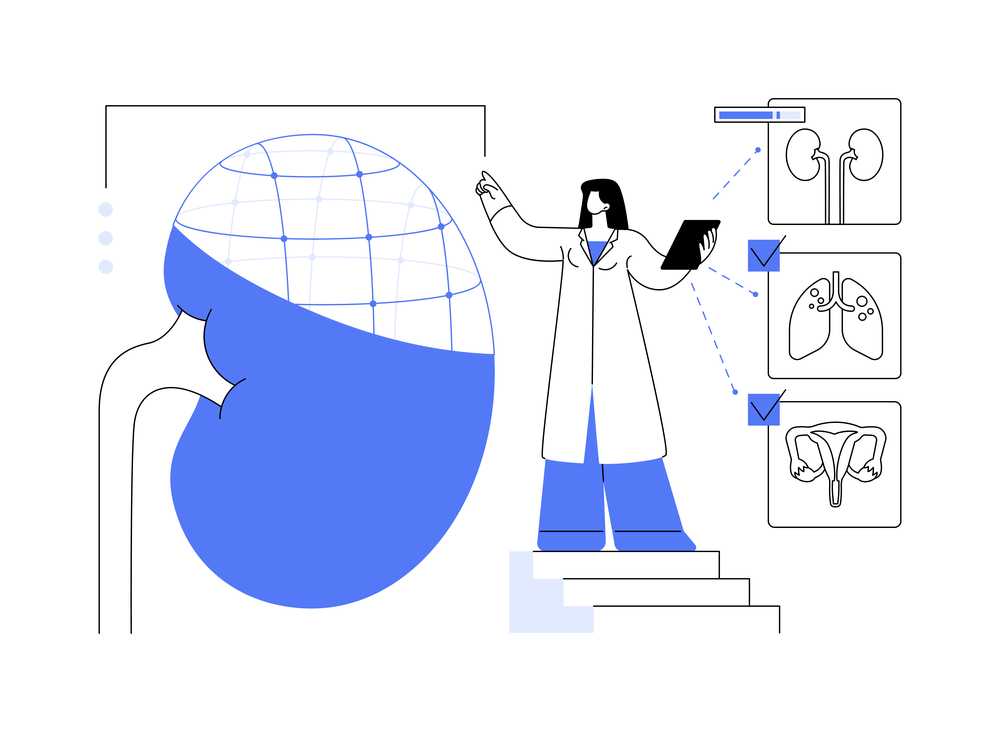Artificial Intelligence (AI) is revolutionizing healthcare by enhancing operational efficiency, improving diagnostics, and reducing costs. AI technologies have been integrated into various aspects of healthcare, from patient care to supply chain management, transforming traditional processes into data-driven, highly efficient systems.
Key Applications of AI in Healthcare
Streamlining Diagnostics and Patient Care
AI-powered tools such as virtual nursing assistants and diagnostic systems enhance patient monitoring and reduce workload on healthcare staff. These systems can monitor vital signs 24/7, predict complications, and support personalized therapy planning, reducing the cost and improving the quality of care.
Enhancing Medical Imaging
Advanced algorithms analyze radiological images to detect anomalies like fractures or tumors with higher precision and speed than traditional methods. AI is used to centralize and streamline diagnostic imaging processes, cutting response times significantly.
Pharmaceutical Innovations – AI in Healthcare
AI accelerates drug discovery by analyzing data to identify potential treatments faster. It also optimizes supply chains in the pharmaceutical industry, ensuring accurate inventory management and fraud prevention in medication distribution.
Operational Efficiency
In administrative tasks, AI reduces bottlenecks through automated scheduling, virtual assistants for appointment booking, and predictive analytics to optimize resource allocation. Such systems not only cut costs but also improve patient satisfaction by reducing waiting times.
Regulatory Compliance and Data Security
AI systems comply with stringent regulations to ensure data security and privacy. Tools are designed to be transparent, non-discriminatory, and accountable, addressing global concerns around ethical AI use in sensitive fields like healthcare.
Outcomes and Future Potential
AI has demonstrated its potential to reduce healthcare costs significantly while improving outcomes. With continued advancements, AI is expected to reshape the healthcare landscape, providing smarter solutions for complex challenges and ultimately making healthcare more accessible and effective worldwide.




